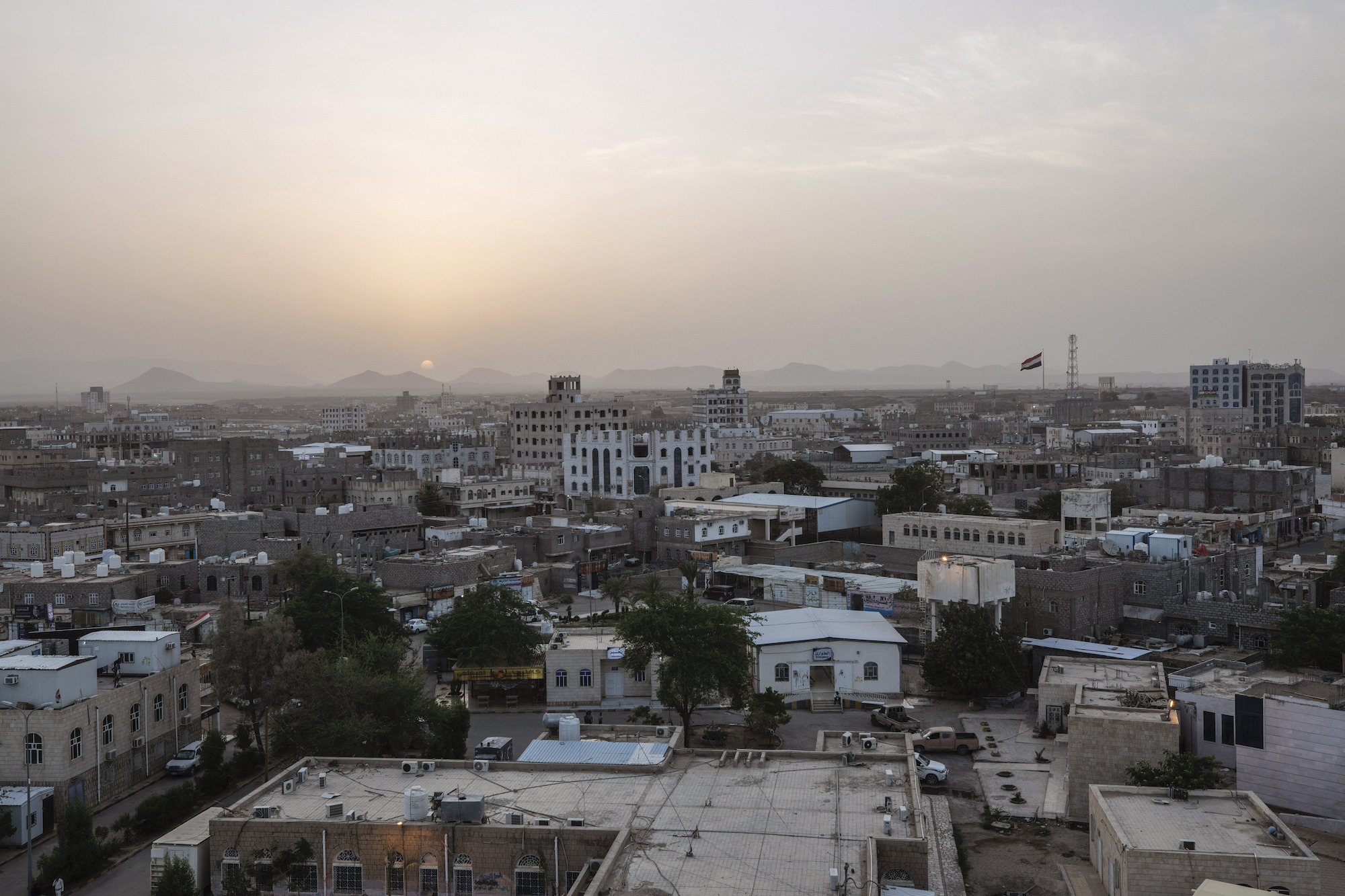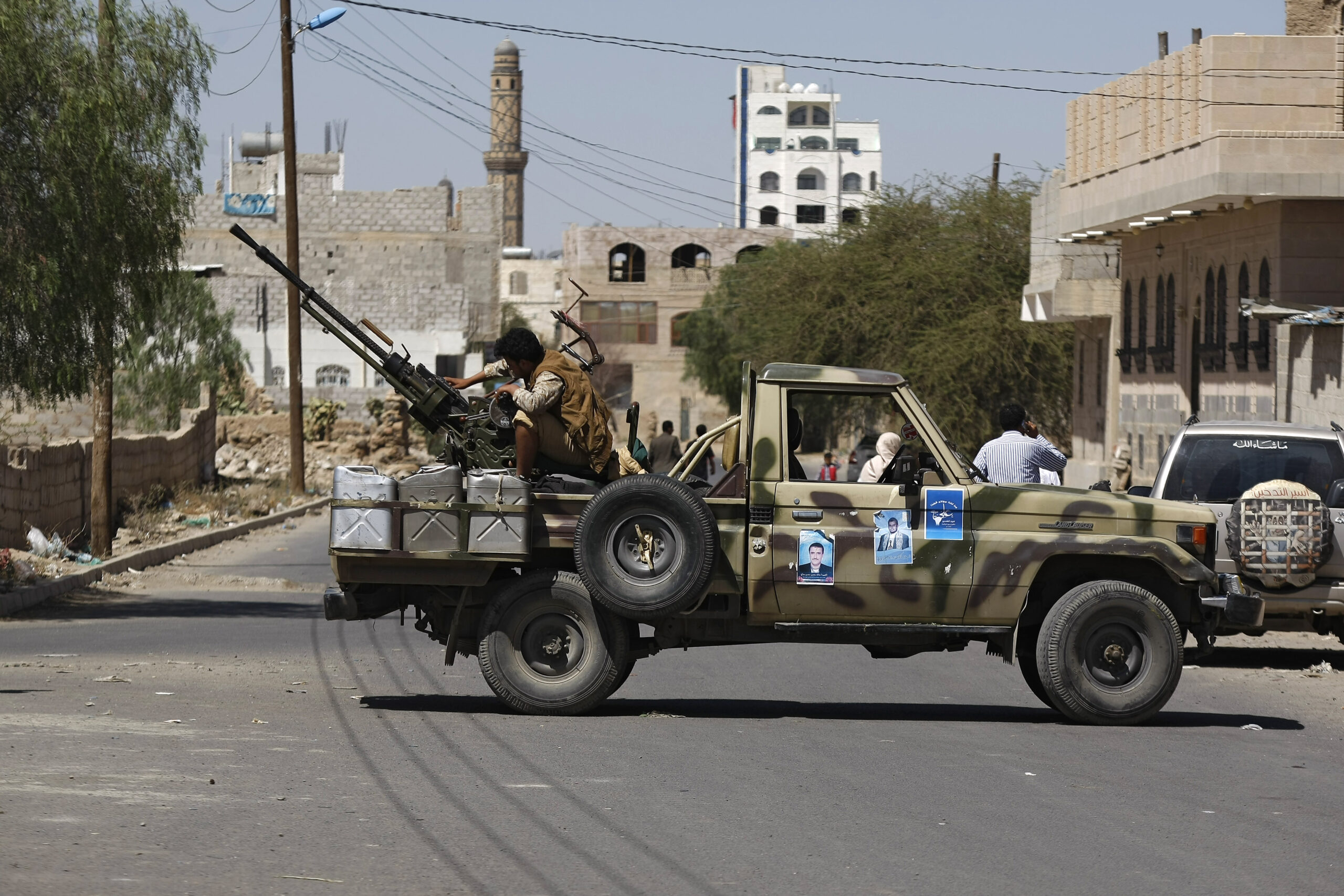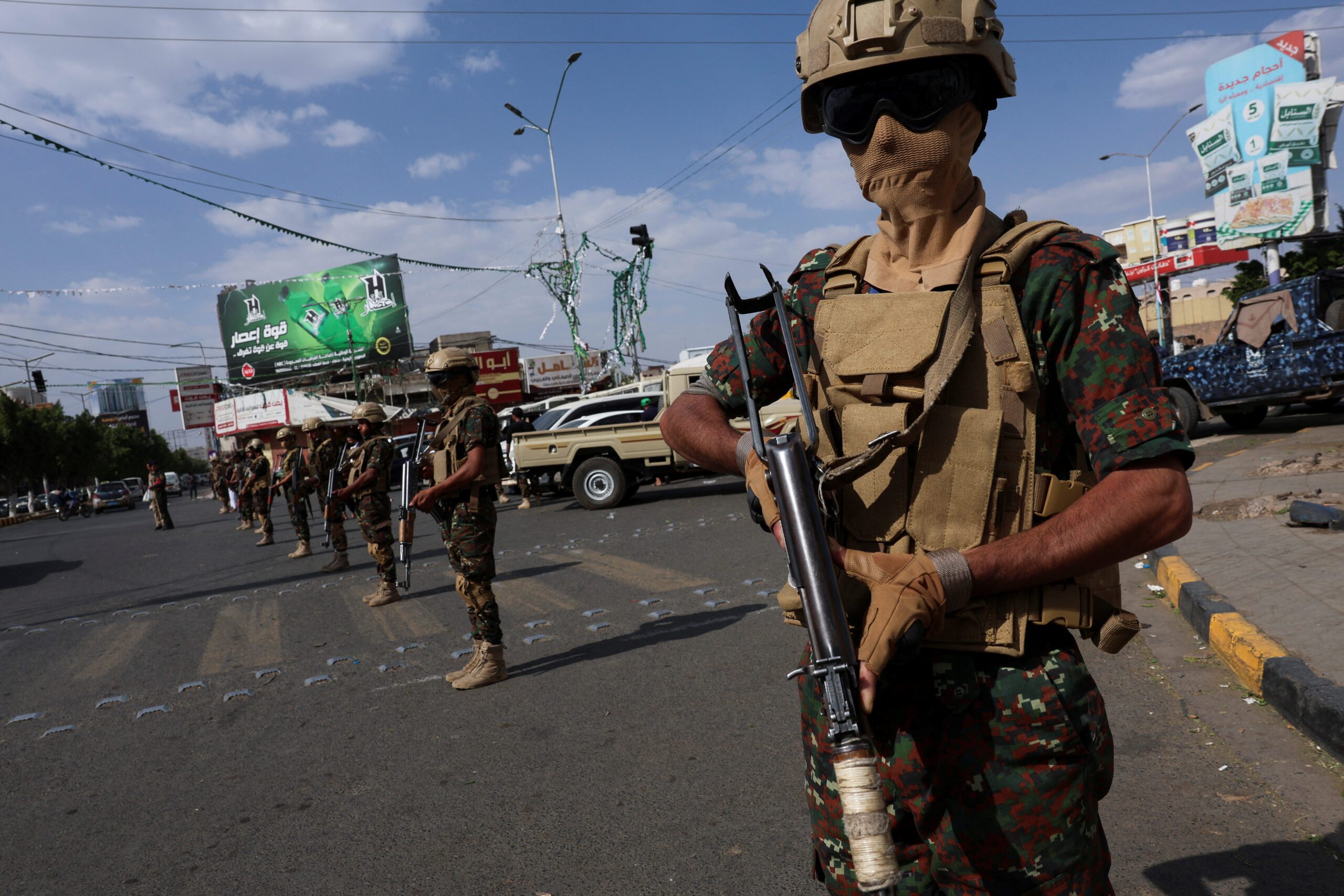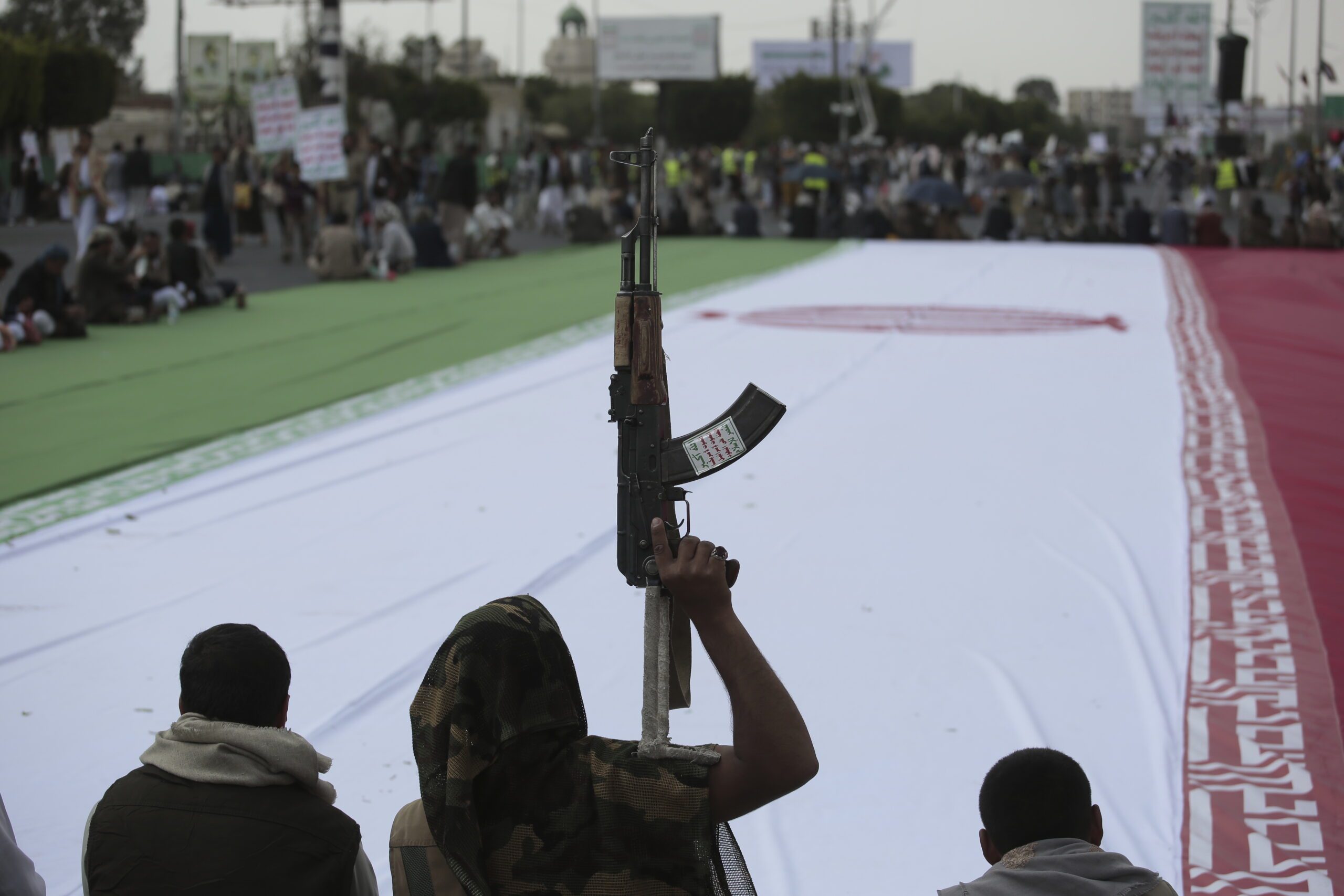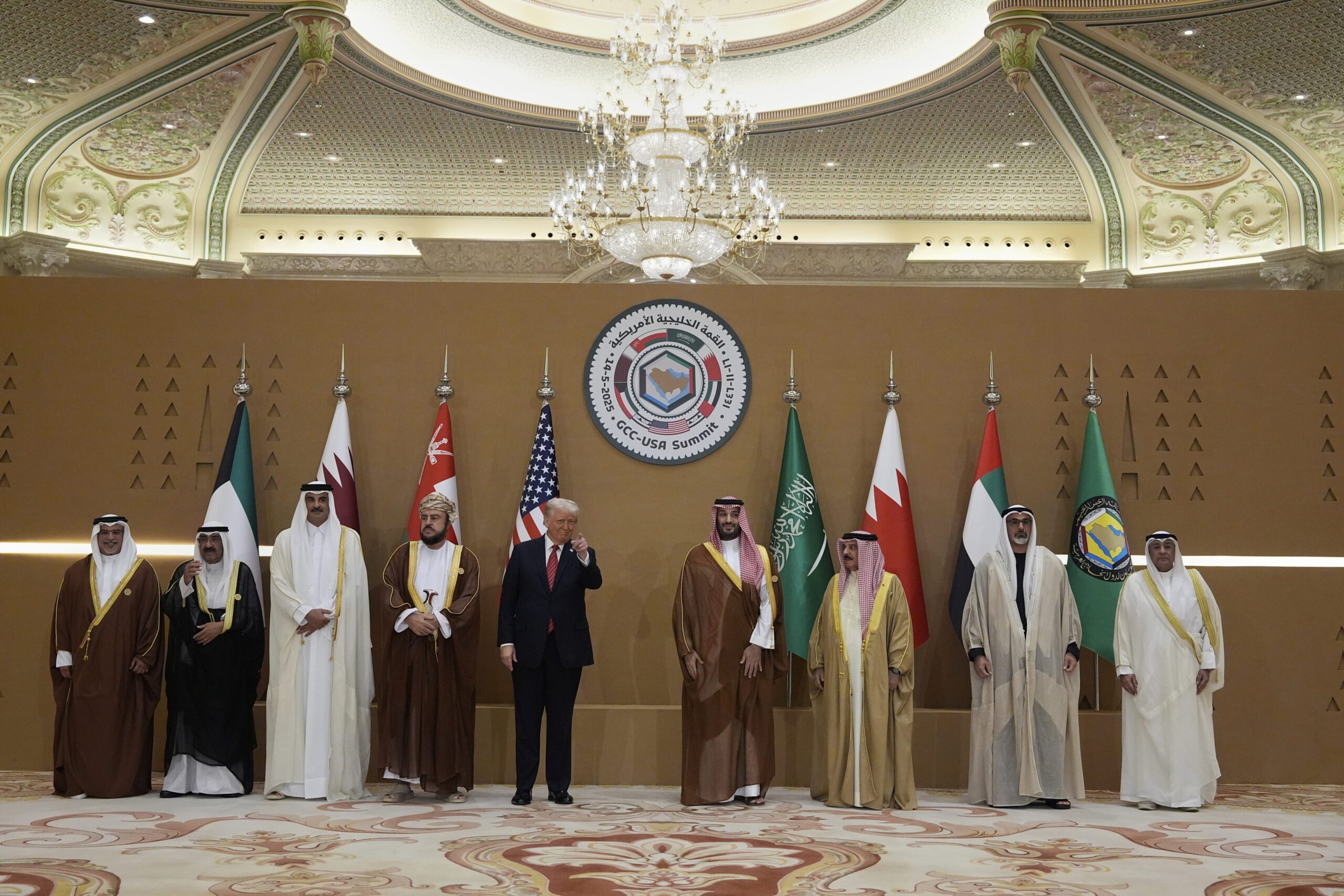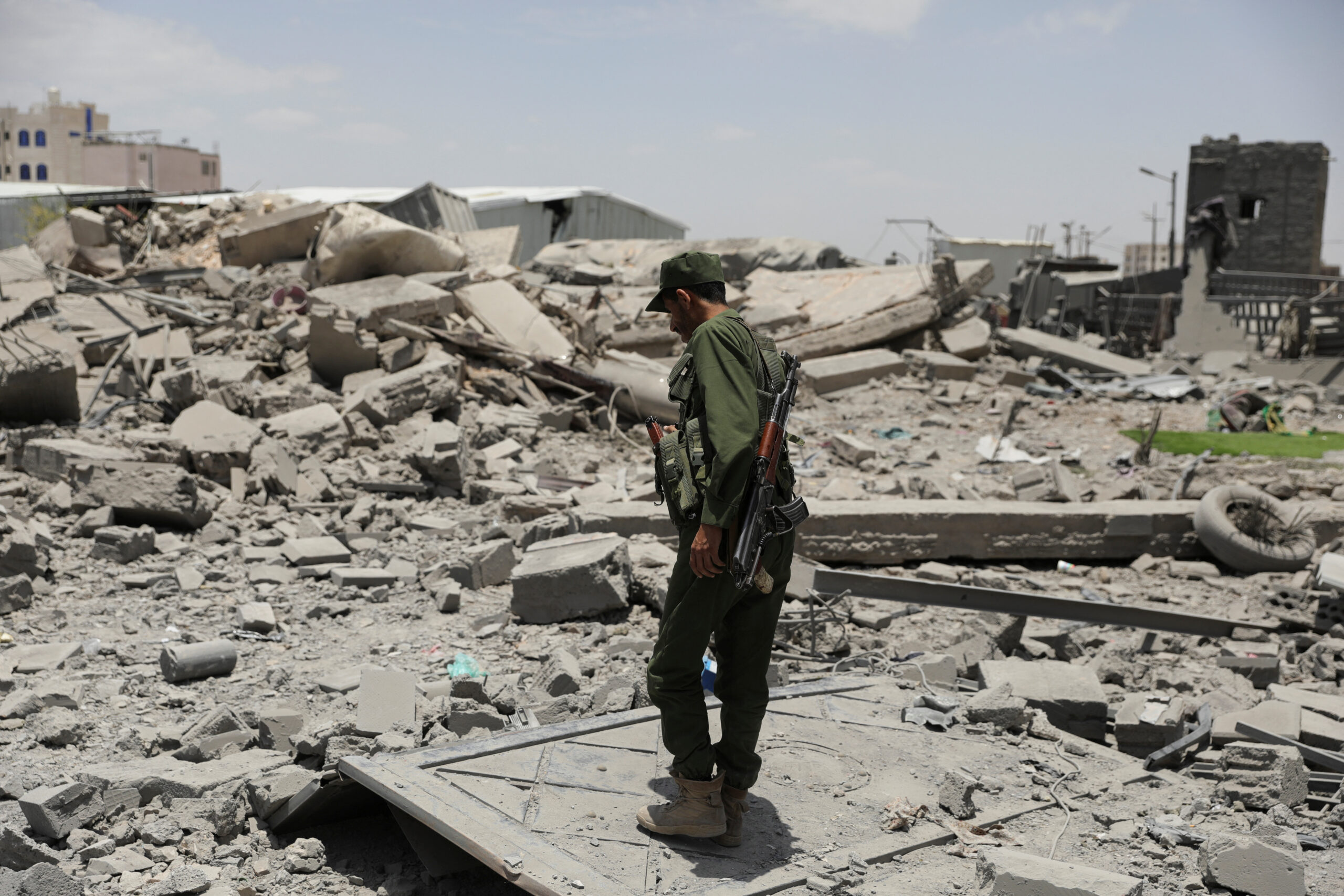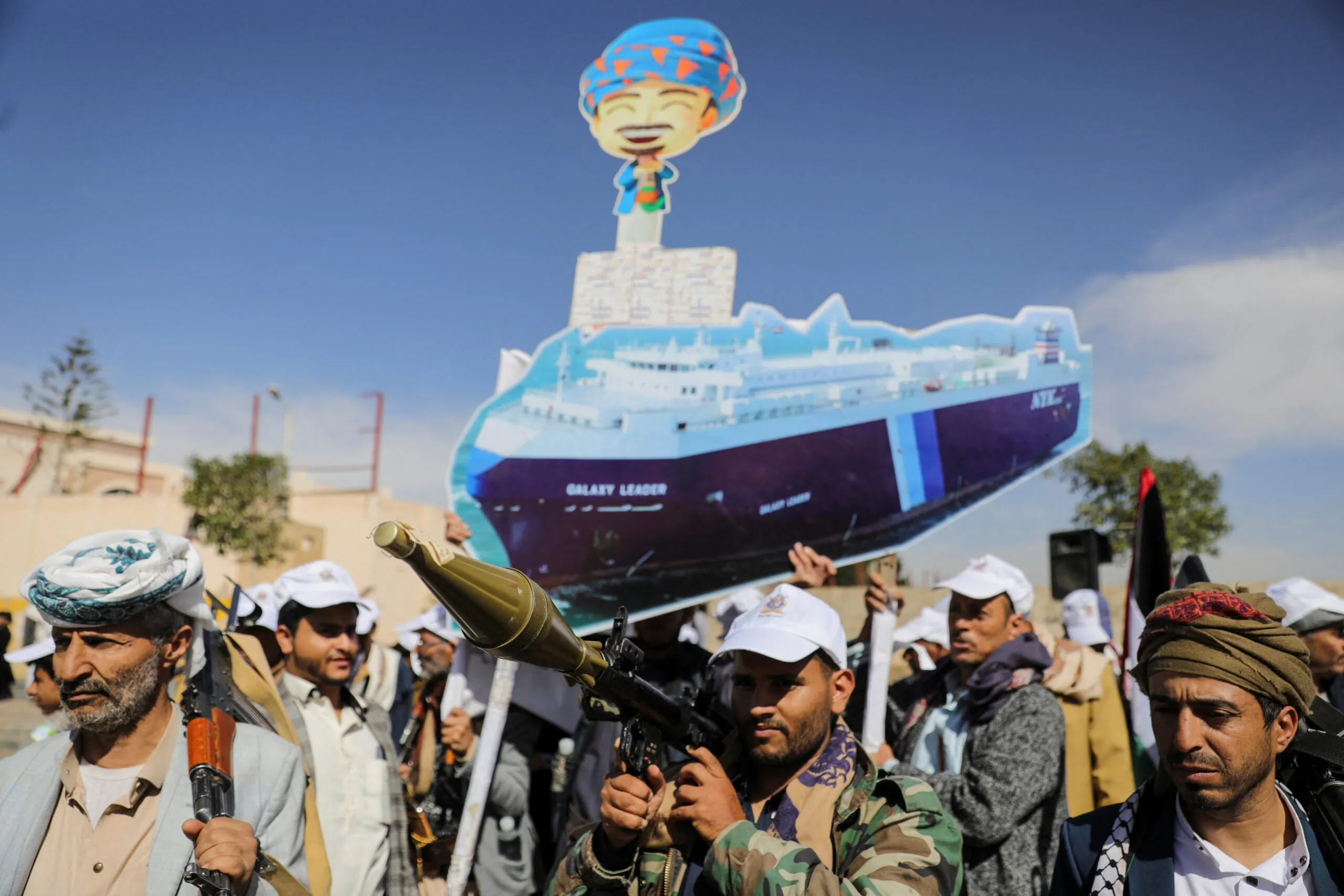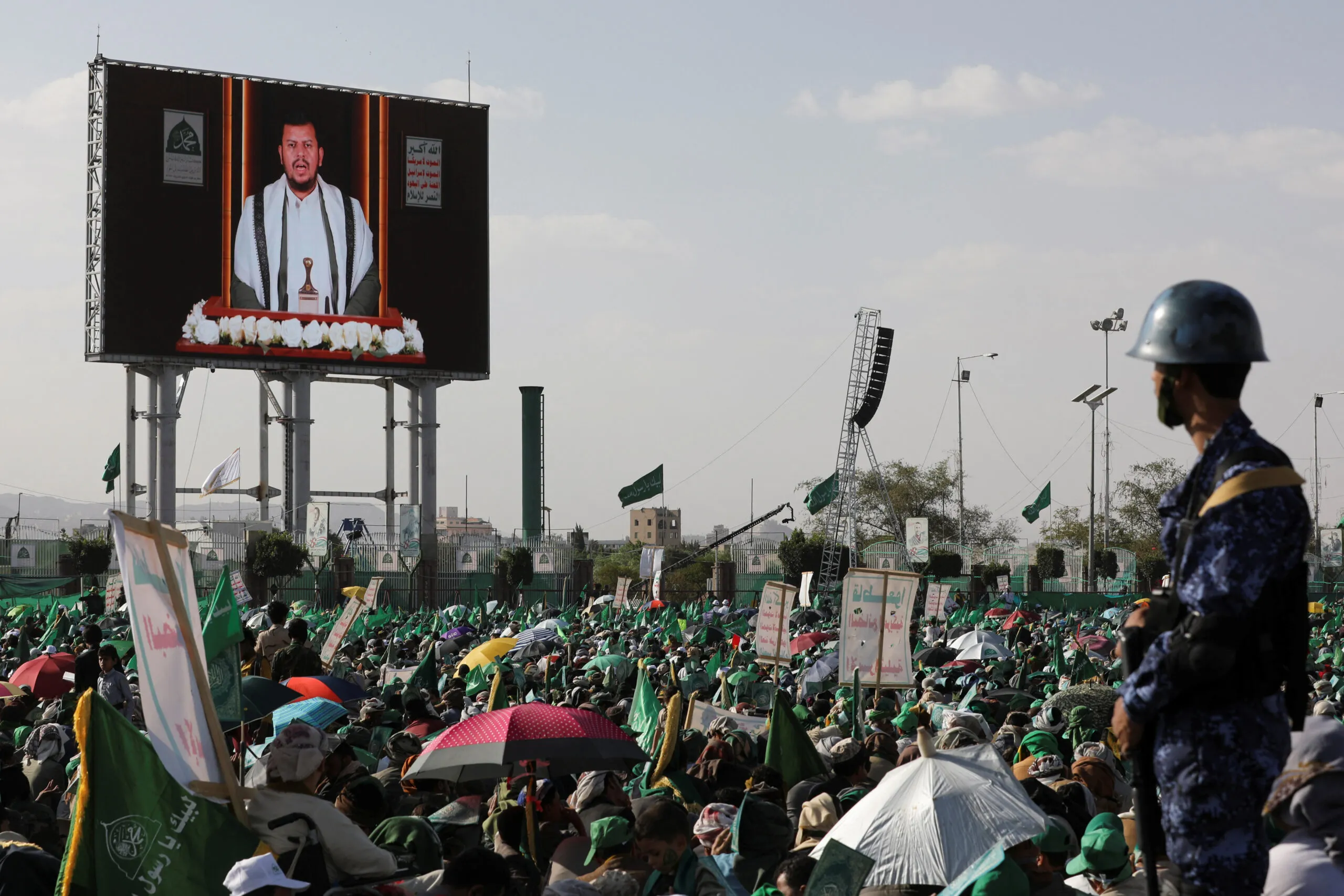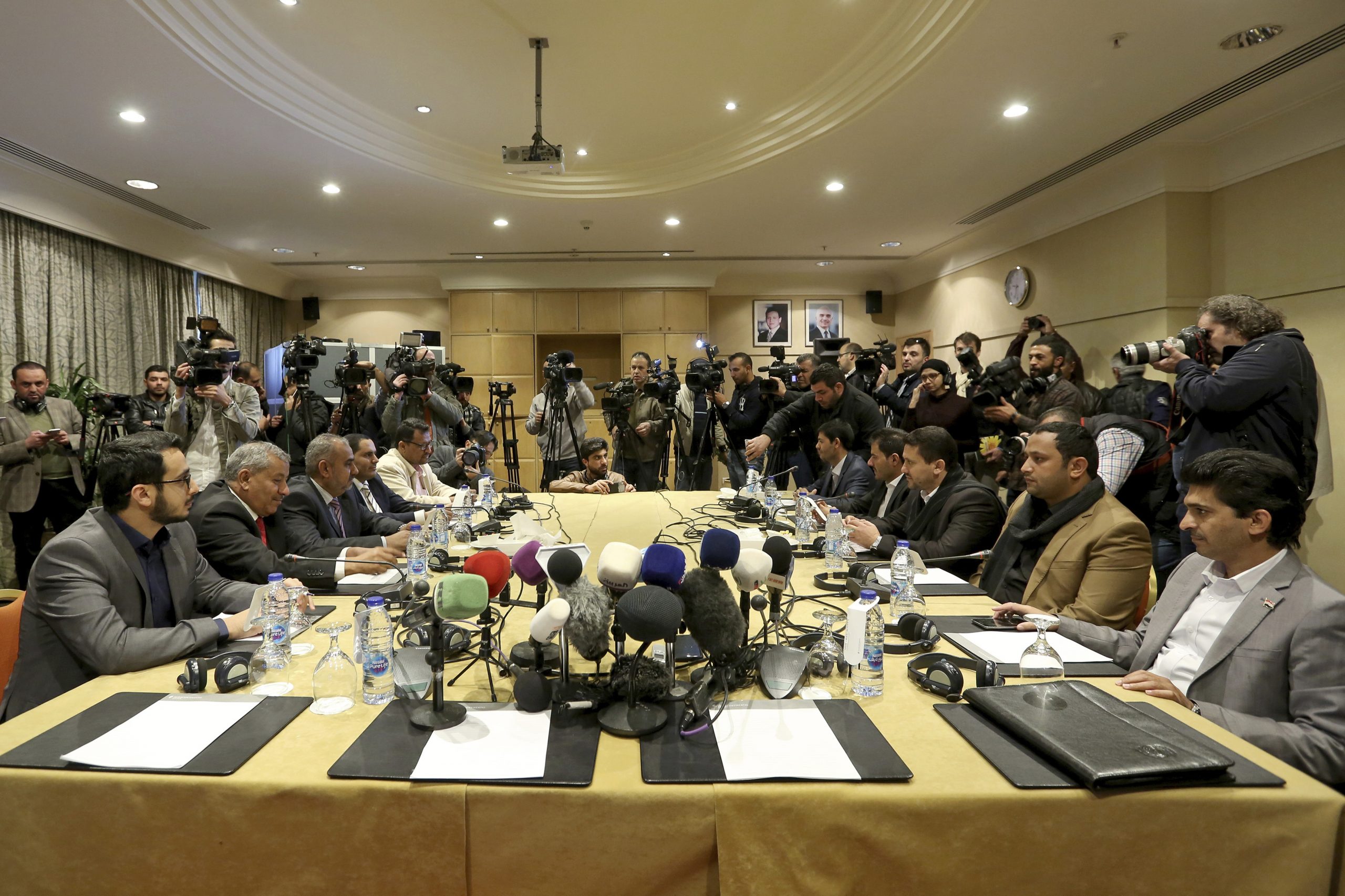The administration of President Joseph R. Biden Jr. came into office in January determined to end the war in Yemen. Many in the new administration had previously served in the administration of former President Barack Obama and viewed Obama’s decision to sign off and support the Saudi-led intervention in Yemen as a mistake. One senior Obama official would later compare the move to back the Saudis to “getting into a car with a drunk driver.”
The war in Yemen is, by any measurable standard, a disaster. Saudi Arabia and the United Arab Emirates – both U.S. partners – stand accused of torturing prisoners in Yemen, carrying out airstrikes that killed civilians, and helping to create what the United Nations calls “the world’s worst humanitarian crisis.”
For the United States, the new administration felt it was time for a change. Barely two weeks into office, in his first major foreign policy address, Biden pledged to end “all American support for offensive operations in the war in Yemen, including relevant arms sales.” That same day the Biden administration named Timothy Lenderking, a career foreign service officer, as the U.S. special envoy for Yemen. The next day, February 5, the Biden administration informed Congress that it would lift the foreign terrorist organization designation that the outgoing administration had placed on the Houthis on President Donald J. Trump’s last full day in office.
From Washington, there was promise of peace on the horizon. The United States had pressured Saudi Arabia, elevated its diplomatic efforts, and, in lifting the terrorist designation, held out a carrot to the Houthis. As Lenderking would say two weeks later, the time was right to “test” the Houthis on whether they were committed to the peace process.
The Houthis, as should have been predictable, responded to the U.S. moves not with an offer to talk but rather with a renewed offensive on Marib, which the group sees as key to its goal of creating an independent state in Yemen. The country’s economic resources, primarily oil and gas fields, are concentrated in Marib, Shabwa, and Hadramout. For the Houthis to survive as a state they need to control at least one of these governorates. As Marib is the westernmost of these governorates, and the one closest to Houthi-controlled territories, the group has been single-minded in its focus on Marib. If the Houthis do manage to take Marib, it is likely they will push south into Shabwa in an effort to take control of the oil fields there and expand their economic base.
During the early years of the war, Marib was one of Yemen’s few success stories. People displaced from Houthi-controlled territories as well as outside investment spurred a construction boom as the population of Marib expanded from just over 400,000 in 2015 to nearly 3 million today. A glittering shopping mall, a new soccer stadium, and an independent university were built, and construction started on an international airport. All of this was done under the protective umbrella of the Emirati military and its Patriot missile batteries, which prevented the Houthis from pushing east into Marib.
But in June 2019, the UAE began to drawdown in Yemen, withdrawing its troops and Patriot missile batteries from Marib. On July 4, 2019, the Houthis tested the city’s defenses by firing ballistic missiles at the house of Marib’s governor, Sultan al-Arada.
In January 2020, the Houthis launched an offensive on Marib. For much of the next year the fighting was fairly inconclusive. The Houthis threw wave after wave of fighters at forces allied with the government of President Abd Rabbu Mansour Hadi and tribal militias backed by Saudi air support. The Houthis would take some territory then government forces would take it back in a seesawing conflict that neither side could win.
Then, in February 2021, the Biden administration lifted the foreign terrorist organization designation and the Houthis redoubled their efforts in Marib. The group redeployed fighters from other fronts to Marib and moved south into Bayda and Shabwa to encircle Marib and cut off key supply routes. The Houthis also pressured Marib’s tribes to agree to individual nonaggression pacts that would allow Houthi fighters to cross tribal territory on their way to Marib. To date, the Houthis have had little success negotiating with Marib’s Sunni tribes, but analyst Abdulghani Al-Iryani wrote that some of the tribes are “edging closer to accepting the Houthis’ deal.”
Much of western and southern Marib, where the fighting is currently taking place, is relatively flat desert scrubland, which makes Houthi fighters vulnerable to airstrikes. But U.S. pressure on Saudi Arabia, and the suspended sales of offensive weapons, will likely end that deterrent. Some Western officials recently told the International Crisis Group that “at current usage rates” the Saudis could be forced to cut back on their use of precision-guided munitions within the next year.
The anti-Houthi alliance is already fragmenting in Marib. Saudi Arabia is looking for an exit, tribes are eyeing individual deals with the Houthis, and government forces are plagued by incompetence, corruption, and poor management. According to one recent report, soldiers in Marib are often forced to purchase their own weapons from the black market. Many soldiers in the governorate have not been paid in months, which has led to desertions and soldiers crossing into Saudi Arabia looking for work.
Not surprisingly, the Houthis are winning on the ground. In September, the Houthis took full control of Bayda governorate and parts of northern Shabwa, which allows them to cut off Marib from the south. They also took control of the Harib district in southern Marib and are currently besieging the district of al-Abdiyah. If al-Abdiyah falls, the Houthis will press toward Marib city. Should the Houthis succeed in taking Marib’s capital, which appears increasingly likely, it will give them control over Marib’s gas fields and end any lingering hopes that Yemen can be reconstituted as a single state.
The dynamics in Marib put the United States in a difficult position. The United States has no leverage with the Houthis. Sanctions haven’t worked, strongly worded statements from the United States and United Nations fall on deaf ears, and direct U.S. military involvement is a nonstarter. The Houthis see no reason to compromise or negotiate. They believe, rightly, that they are winning on the battlefield and that if they keep pressing in Marib they can eventually take the oil and gas fields and secure an independent Houthi-led state. Nor is the Biden administration, after years of Democratic criticism of the Saudi-led coalition, willing to reverse its decision on providing offensive weapons to the Saudis. The administration has been discovering since it came into office the pitfalls of applying pressure when it only has leverage on one side.
When it comes to Yemen, the United States is out of options. One of two things is about to happen. Either the United States will need outside help from Iran to convince the Houthis to halt their offensive before Marib falls (although why Iran would press its allies to stop or why the Houthis would listen if Iran did is not clear) or the Houthis will take Marib, press south into Shabwa, and the international community’s goal of resurrecting a unified Yemeni state will collapse.
The views represented herein are the author's or speaker's own and do not necessarily reflect the views of AGSI, its staff, or its board of directors.

